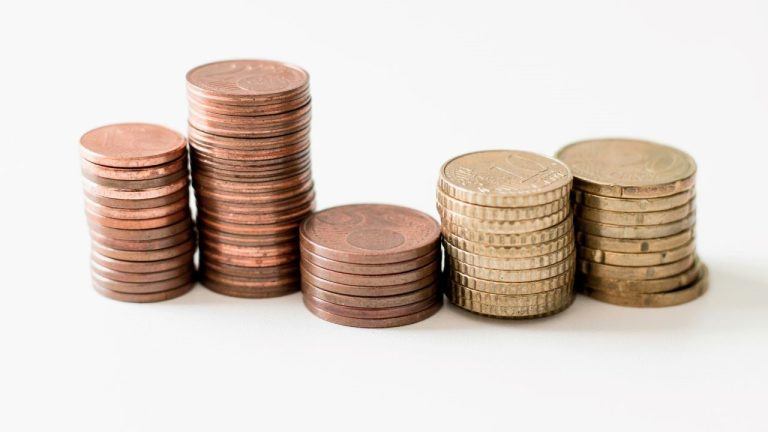USD/JPY falls back to near 147.70 as Yen trades firmly after Japan’s parliamentary elections

- USD/JPY declines to near 147.70 as the Japanese Yen trades firmly.
- Japan PM Ishiba lost control in the upper house on Sunday.
- The US Dollar corrects despite traders pare Fed dovish bets.
The USD/JPY pair gives up initial recovery move and slides to near 147.70 during the European session on Monday. The pair faces selling pressure as the Japanese Yen (JPY) outperforms across the board, following the outcome of Japan’s parliament elections on Sunday.
Japanese Yen PRICE Today
The table below shows the percentage change of Japanese Yen (JPY) against listed major currencies today. Japanese Yen was the strongest against the New Zealand Dollar.
| USD | EUR | GBP | JPY | CAD | AUD | NZD | CHF | |
|---|---|---|---|---|---|---|---|---|
| USD | -0.24% | -0.38% | -0.22% | -0.05% | -0.04% | 0.09% | -0.28% | |
| EUR | 0.24% | -0.06% | 0.02% | 0.18% | 0.15% | 0.14% | -0.08% | |
| GBP | 0.38% | 0.06% | -0.14% | 0.29% | 0.24% | 0.42% | 0.18% | |
| JPY | 0.22% | -0.02% | 0.14% | 0.19% | 0.22% | 0.27% | 0.12% | |
| CAD | 0.05% | -0.18% | -0.29% | -0.19% | 0.06% | 0.13% | -0.28% | |
| AUD | 0.04% | -0.15% | -0.24% | -0.22% | -0.06% | 0.07% | -0.10% | |
| NZD | -0.09% | -0.14% | -0.42% | -0.27% | -0.13% | -0.07% | -0.24% | |
| CHF | 0.28% | 0.08% | -0.18% | -0.12% | 0.28% | 0.10% | 0.24% |
The heat map shows percentage changes of major currencies against each other. The base currency is picked from the left column, while the quote currency is picked from the top row. For example, if you pick the Japanese Yen from the left column and move along the horizontal line to the US Dollar, the percentage change displayed in the box will represent JPY (base)/USD (quote).
In Monday’s session, Japanese markets remained closed on account of Marine Day.
As expected, Japan’s ruling coalition party-led by Prime Minister Shigeru Ishiba lost failed to reach the 50-seats threshold and lost majority in the upper house. However, Ishiba has expressed confidence that he will stay in power, but the political uncertainty will continue to persist due to an absence of control over both upper and lower house. Ishiba lost control over lower house in October.
Additionally, uncertainty surrounding trade discussions between the United States (US) and Japan could weaken the Japanese Yen’s strength. US President Donald Trump has already imposed 25% tariffs on imports Japan. However, Tokyo has expressed confidence that it will strike a deal before the tariff deadline.
Meanwhile, the US Dollar (USD) corrects after a halt in the rally seen this month amid trade tensions between the US and the European Union (EU). The US Dollar Index (DXY), which tracks the Greenback’s value against six major currencies, retraces to near 98.15 from the four-week high around 99.00.
On the domestic front, traders pare Federal Reserve (Fed) dovish bets as the latest Consumer Price Index (CPI) report for June signalled that prices of goods that are imported in the US have increased.
Japanese Yen FAQs
The Japanese Yen (JPY) is one of the world’s most traded currencies. Its value is broadly determined by the performance of the Japanese economy, but more specifically by the Bank of Japan’s policy, the differential between Japanese and US bond yields, or risk sentiment among traders, among other factors.
One of the Bank of Japan’s mandates is currency control, so its moves are key for the Yen. The BoJ has directly intervened in currency markets sometimes, generally to lower the value of the Yen, although it refrains from doing it often due to political concerns of its main trading partners. The BoJ ultra-loose monetary policy between 2013 and 2024 caused the Yen to depreciate against its main currency peers due to an increasing policy divergence between the Bank of Japan and other main central banks. More recently, the gradually unwinding of this ultra-loose policy has given some support to the Yen.
Over the last decade, the BoJ’s stance of sticking to ultra-loose monetary policy has led to a widening policy divergence with other central banks, particularly with the US Federal Reserve. This supported a widening of the differential between the 10-year US and Japanese bonds, which favored the US Dollar against the Japanese Yen. The BoJ decision in 2024 to gradually abandon the ultra-loose policy, coupled with interest-rate cuts in other major central banks, is narrowing this differential.
The Japanese Yen is often seen as a safe-haven investment. This means that in times of market stress, investors are more likely to put their money in the Japanese currency due to its supposed reliability and stability. Turbulent times are likely to strengthen the Yen’s value against other currencies seen as more risky to invest in.
